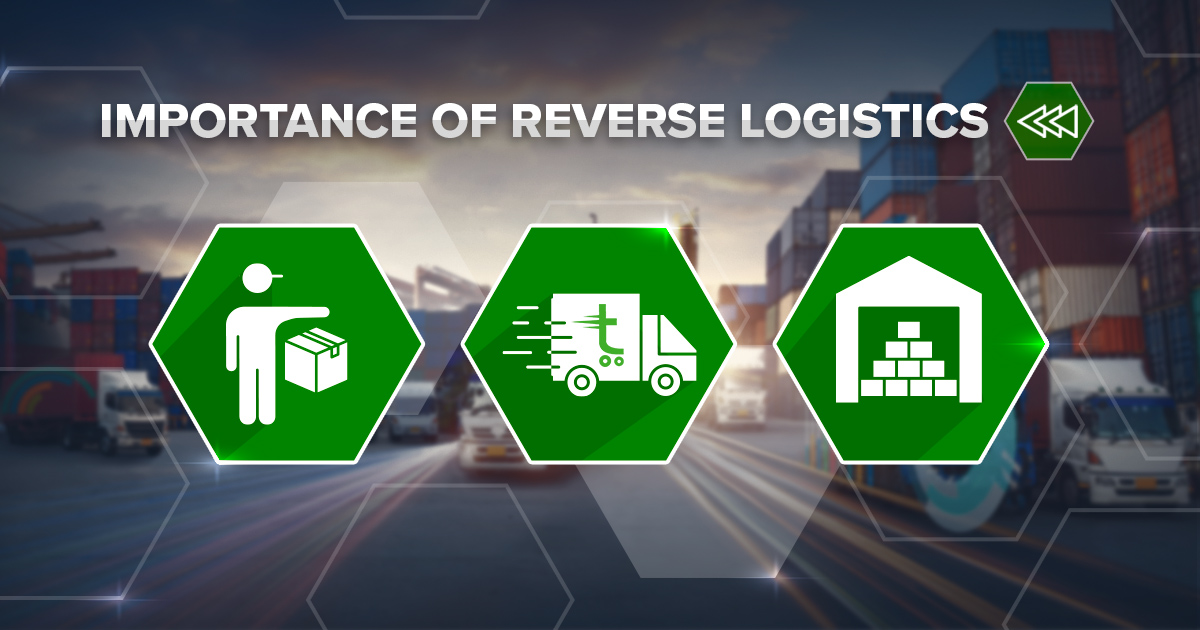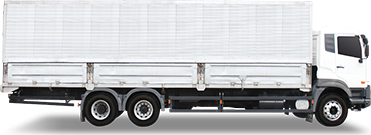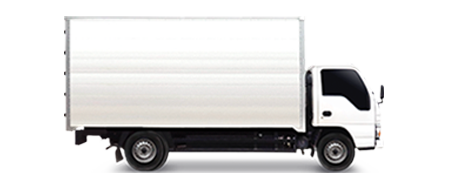
In the modern business world, it’s not enough to focus on inbound and outbound logistics. Reverse logistics importance is essential to be realized by business stakeholders. Unfortunately, many businesses neglect this aspect of their operations, which can lead to big problems. Why is reverse logistics so important for businesses to get right? We take a deep dive into this blog post.
What Is Reverse Logistics?
Reverse logistics is the process of returning goods and materials back up the supply chain. This can happen for a variety of reasons, including customer returns, product recalls, and damaged or defective goods. In addition, reverse logistics may include procedures where the end user is responsible for the ultimate product disposal, such as recycling, refurbishing, or resale.
In the past, businesses have often viewed reverse logistics as a necessary evil. This is because it’s an added cost, and can be complex to manage. However, that view is changing as more businesses realize the importance of getting reverse logistics right.
Read here to know more about the three types of logistics: Inbound, Outbound, and Reverse.
Why Should Businesses Get Reverse Logistics Right?
There are a number of reasons why businesses should ensure they have a strong reverse logistics strategy.
It impacts customer satisfaction
First and foremost, it’s important to keep your customers happy. If a customer receives a defective product, they want to return it and get a replacement. If you don’t have a good reverse logistics system in place, that can be difficult and time-consuming for both the customer and your business.
Greener process for businesses
Another reason reverse logistics is so important is that it can help you save money in the long run. For example, if you recycle or refurbish returned products, you can avoid having to dispose of them as waste. This can save you money on disposal costs and help reduce your environmental impact because it makes a supply chain more sustainable.
Improved planning and forecasting
Finally, reverse logistics can help improve your overall planning and forecasting. You can better understand customer trends and preferences by tracking returns and analyzing data on what’s being returned. This information can then be used to improve your product development and marketing efforts.
As you can see, there are a number of reasons why businesses should make sure they’re paying attention to their reverse logistics operations. It’s no longer an afterthought – it’s a critical part of any successful business. If you’re not already doing so, now is the time to focus more on your reverse logistics strategy. Your business will thank you for it in the long run!
Enhancing Business Practices through Data, Sustainability, and Technology Integration
An efficient reverse logistics flow is key to maintaining an organized and productive supply chain. This process reduces costs, creates value, decreases risk, and completes the product life cycle. The “circular economy” is gaining popularity among businesses, with around 70% of companies planning to invest in it, according to Gartner Research. A circular economy is a supply chain that follows traditional logistics but operates in a closed loop.
Companies engaged in this practice contribute to a system focused on sustainable economic growth. Recycling, repair, and recovery help businesses discover new applications for waste materials. Materials that were once seen as waste now have value.
Data Analysis in Reverse Logistics
By carefully examining data from returned products, companies can pinpoint common issues or areas of customer dissatisfaction. This valuable insight enables them to refine product design, enhance quality control measures, and address underlying problems. Additionally, analyzing return data reveals important consumer behavior patterns, allowing businesses to fine-tune their marketing strategies, improve targeted communications, and ultimately boost customer satisfaction and loyalty. In essence, leveraging data analysis in reverse logistics drives continuous improvement across various aspects of a company’s operations, from product development to customer experience management.
Sustainability and Environmental Impact
By efficiently handling product returns and recycling materials, companies can dramatically cut down on waste and reduce their impact on the environment. Think about it – refurbishing products or harvesting reusable parts lessens the need for brand new raw materials. That conserves natural resources and cuts back on pollution from extracting and processing new materials. Companies like Patagonia and Dell are great examples – they have strong reverse logistics programs that make it easy for customers to return products to be recycled or repurposed. It’s not just following regulations, it’s a smart way to boost their eco-friendly reputation and keep environmentally-conscious customers happy and loyal.
Integration with Supply Chain Technology
Technology has completely transformed reverse logistics, making it far more efficient and responsive to customer needs. Advanced tracking systems and RFID tags allow companies to monitor returned items in real-time, enabling quicker decisions and processing. Sophisticated inventory software helps businesses manage stock levels of returned goods more effectively, reducing storage costs and maximizing warehouse space.
How Does Reverse Logistics Create Value?
Reverse logistics is the process of turning waste into sales and developing client confidence. Businesses that properly manage their reverse logistics experience less storage and distribution costs while still reselling, reusing, and recycling returned products.
How to Optimize Reverse Logistics for Better Results
Properly managed reverse logistics can decrease company expenses and improve morale while being more eco-friendly. By improving what we do with products once customers receive them, we keep them returning and save money.
Effective reverse logistics has the benefit of gathering product data through interactions with customers after delivery. By enhancing consumer satisfaction and product quality, these data can boost sales and encourage repeat business. Data can enhance customer experience and streamline an organization’s supply chain.
Optimized reverse logistics not only provides benefits like increased supply chain visibility but also:
- Reduction of costs
- Increased client satisfaction
- Improved client retention
- Improved and fast-tracked service
- Waste minimization and increased sustainability
What Are the Five Rs of Reverse Logistics?
The five Rs of reverse logistics are:
- Return
- Refund
- Repair
- Reuse
- Recycle
Each step in the process is important to consider when designing a returns strategy. Depending on the product, some steps may be more important than others. For example, if you sell perishable goods, the refund process will be much more critical than recycling. Likewise, those steps will precede recycling if you sell products that can be easily reused or repaired. By understanding the five Rs of reverse logistics, you can develop a return policy that meets the needs of your customers and your business.
Transportify fleet selection you can choose from to pick up returned customer items back to the warehouse.
| Vehicle Type | Dimensions/ Weight Limits | Base Price (Metro Manila) | Base Price (Outside Metro Manila) | Base Price (Visayas/Mindanao) |
|---|---|---|---|---|
 Wing Van Wing Van | 32 to 40 x 7.8 x 7.8 ft 12000kg to 28000kg | 7000 PHP | 6500 PHP | 6500 PHP |
| 18 x 6 x 7 ft 7000kg | 4850 PHP | 4850 PHP | 4850 PHP | |
 Closed Van Closed Van | 10 to 14 x 6 x 6 ft 2000kg to 5000kg | 1600 PHP | 1450 PHP | 1450 PHP |
 Open Truck Open Truck | 10 to 21 x 6 ft x open 2000kg and 7000kg | 2300 PHP | 1950 PHP | 1950 PHP |
 L300/Van L300/Van | 8 x 4.5 x 4.5 ft 1000kg | 415 PHP | 374 PHP | 335 PHP |
 Small Pickup Small Pickup | 5 x 5 ft x open 1000kg | 418 PHP | 338 PHP | 325 PHP |
| 5.5 x 3.8 x 3.8 ft 600kg | 375 PHP | 292 PHP | 275 PHP | |
| 5 x 3.2 x 2.8 ft 200kg | 240 PHP | 210 PHP | 160 PHP | |
| 3.5 x 2 x 2.5 ft 200kg | 220 PHP | 190 PHP | 140 PHP |
Don’t Skip Reverse Logistics
Reverse logistics is a critical part of any supply chain and should not be neglected by supply chain managers. By understanding the importance of reverse logistics, supply chain managers can ensure that their operations are running smoothly and efficiently. Additionally, neglecting reverse logistics can lead to many problems down the line, so it is important to be proactive about this aspect of your operation.
If you are not already incorporating reverse logistics into your supply chain strategy, now is the time to do so. Your competition is likely already doing so, and you don’t want to fall behind.
SEE ALSO:
- Door-to-Door Service for Inbound Transport [2023]
- Effective Inbound Freight Management Company (2023)
- A Guide To Efficient Outbound Logistics Solutions For Your Company
Transport Goods From Customer Back To Your Warehouse Through Transportify
Transportify can provide a wide range of services to help with your reverse logistics needs. We have a network of professional drivers and vehicles that can handle any type of return, from small parcels to large items. We also offer a tracking system so you can keep an eye on your shipments at all times.
Contact us today to learn more about how we can help you optimize your reverse logistics strategy.
 | or |
Frequently Asked Questions:
What are the five Rs of reverse logistics?
🚚 The five Rs of reverse logistics are: return, repair, refurbish, recycle, and dispose. When a product is returned to the manufacturer or retailer, it goes through a process of reverse logistics to be either repaired, refurbished, recycled, or disposed. The first step in reverse logistics is returning the product to the vendor. This can be done by the customer themselves or by the company that manages the supply chain. If the product is damaged or not working correctly, it will need to be repaired before it can be reused or resold. Depending on the severity of the damage, this can be done by either the manufacturer or a third-party repair company. In some cases, the product may not be able to be repaired and must be disposed of properly. This is where recycling comes in.
Why is reverse logistics important to businesses?
🚚 Reverse logistics is important because it helps to optimize the supply chain flow by reducing waste and maximizing efficiency. It also helps to improve customer satisfaction by ensuring that products are returned to the original supplier promptly and efficiently. By doing this, businesses can avoid costly penalties and charges associated with product returns. Additionally, reverse logistics allows businesses to recover value from products that have been used or damaged. This is done through refurbishing, remanufacturing, or recycling activities. By recovering value from these products, businesses can help to offset the cost of manufacturing new products.




 INSTANT QUOTE
INSTANT QUOTE

 Chat
Chat